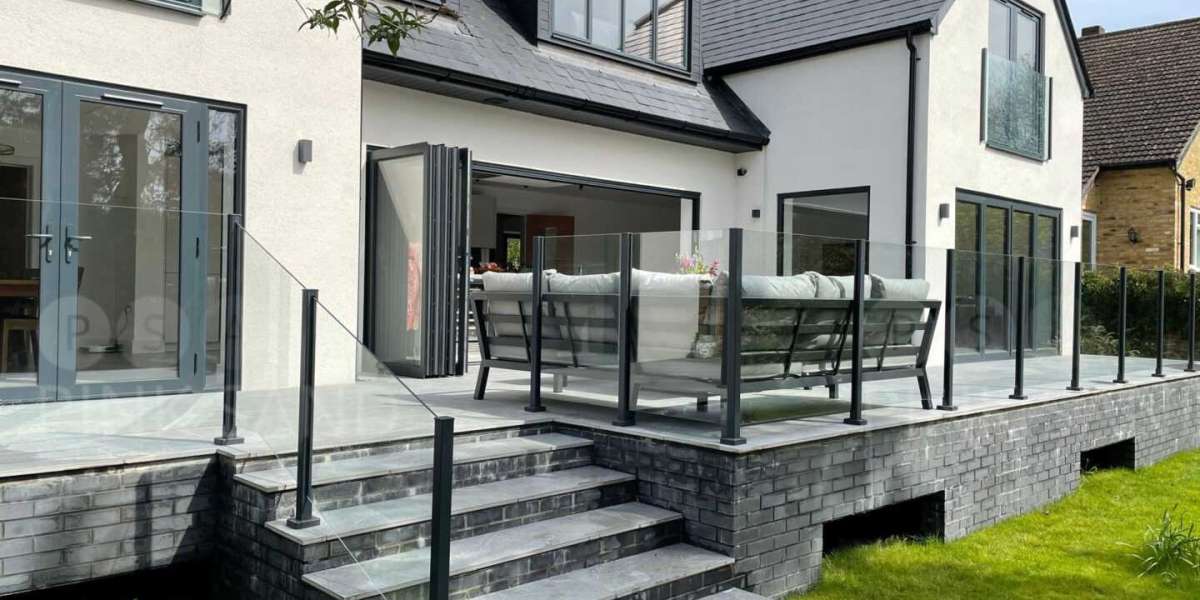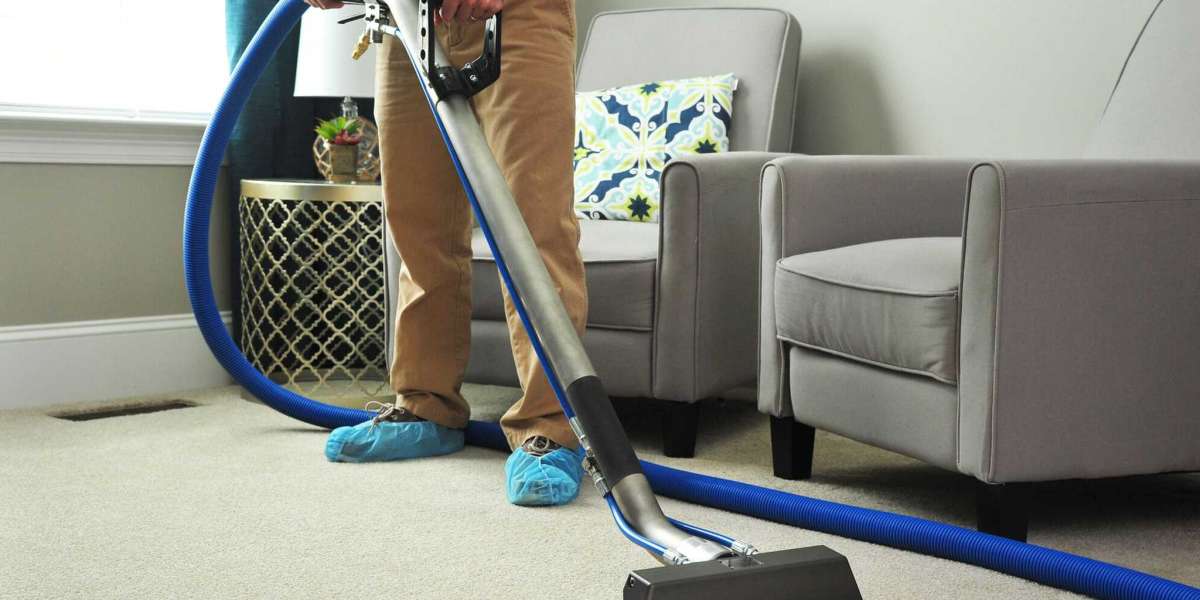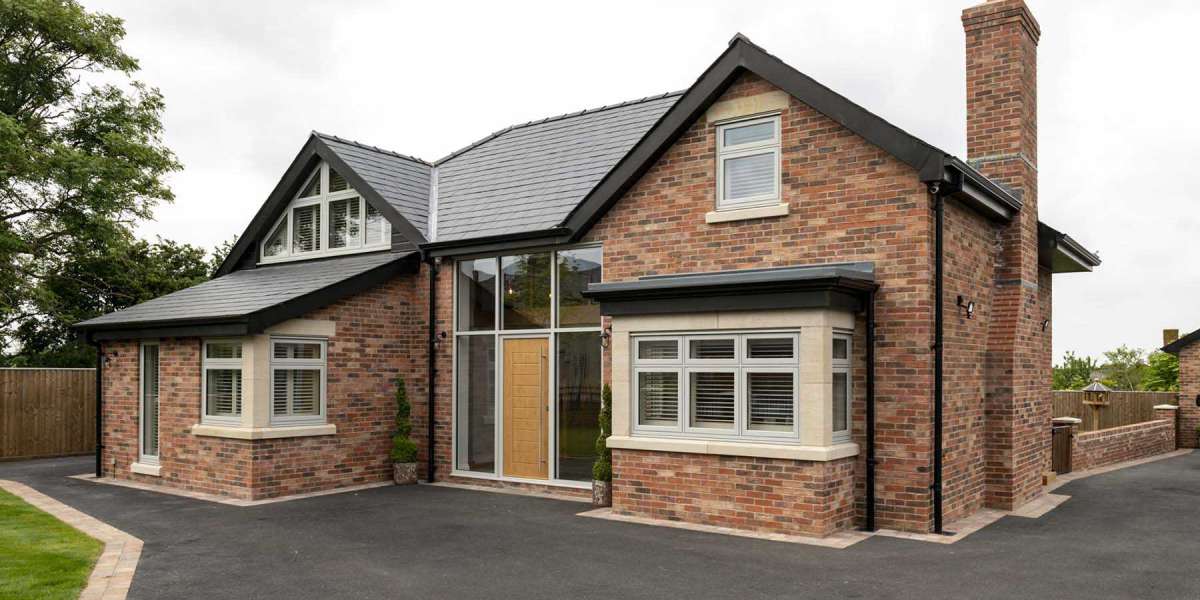UPVC (Unplasticized Polyvinyl Chloride) windows have gained immense popularity in recent years, becoming a preferred choice for homeowners and builders alike. This report aims to provide a comprehensive overview of UPVC windows, including their benefits, features, and installation process, highlighting why they are an excellent investment for any property.

What are UPVC Windows?
UPVC windows are made from a type of plastic that is rigid and durable, unlike regular PVC, which is flexible. The unplasticized nature of UPVC makes it an ideal material for window frames, as it does not warp, rot, or corrode over time. UPVC windows are available in various styles, including casement, sliding, tilt and turn, and sash, making them versatile for different architectural designs.
Benefits of UPVC Windows
- Durability: UPVC windows are highly resistant to weather elements, including rain, wind, and UV rays. They do not fade or discolor, ensuring that they maintain their appearance over the years.
- Low Maintenance: One of the most significant advantages of UPVC windows is their low maintenance requirements. Unlike wooden frames that need regular painting and treatment, UPVC windows can be cleaned easily with soap and water, requiring minimal upkeep.
- Energy Efficiency: UPVC windows offer excellent thermal insulation, helping to keep homes warm in winter and cool in summer. This energy efficiency can lead to reduced heating and cooling costs, making them an eco-friendly choice.
- Noise Reduction: The design and materials used in UPVC windows provide effective sound insulation, reducing outside noise and creating a quieter indoor environment.
- Security: UPVC windows are designed with security in mind. They often come with multi-point locking systems that provide enhanced safety against break-ins.
- Cost-Effective: While the initial investment in UPVC windows may be higher than that of traditional wooden or aluminum windows, their durability and low maintenance costs make them a cost-effective option in the long run.
- Aesthetic Appeal: UPVC windows are available in various colors and finishes, allowing homeowners to choose styles that complement their property. They can also be designed to mimic the appearance of traditional wooden frames.
Features of UPVC Windows
- Thermal Performance: UPVC windows are designed with multi-chamber profiles that enhance thermal performance. This feature helps to maintain a comfortable indoor temperature and reduces energy consumption.
- Weather Resistance: UPVC windows are engineered to withstand extreme weather conditions, including heavy rain, snow, and strong winds. Their robust construction ensures longevity and reliability.
- Customization Options: Homeowners can choose from a variety of styles, colors, and finishes for their UPVC windows. This customization allows for seamless integration with different architectural styles.
- Double and Triple Glazing: UPVC windows can be fitted with double or https://electionforecast.co.uk/clear-vision-why-glass-partitions-are-the-future-of-office-design/ triple glazing, which provides additional insulation and noise reduction. This feature is particularly beneficial for homes located in noisy urban areas.
- Recyclability: UPVC is a recyclable material, making it an environmentally friendly choice. Many manufacturers have programs in place to recycle old UPVC windows, contributing to sustainability efforts.
Installation Process of UPVC Windows
The installation of UPVC windows is a crucial step in ensuring their performance and longevity. Here is a general overview of the installation process:
- Measurement: Accurate measurements of the window openings are essential. This step ensures that the new UPVC windows fit perfectly, preventing drafts and water leaks.
- Preparation: Before installation, the existing windows (if any) are removed. The window frames and surrounding areas are cleaned and prepared for the new windows.
- Fitting the Frame: The UPVC window frame is positioned into the opening. It is essential to ensure that the frame is level and square. Temporary supports may be used to hold the frame in place during installation.
- Securing the Frame: Once the frame is correctly positioned, it is secured using screws or brackets. This step is crucial for the stability and security of the window.
- Sealing: After the frame is secured, a sealant is applied around the edges to prevent water infiltration and air leaks. This step enhances the energy efficiency of the window.
- Installing the Glazing: The glass panes are then fitted into the frame. If double or triple glazing is used, it is essential to ensure that the seals are intact to maintain insulation.
- Finishing Touches: After the glazing is installed, any necessary trims or finishing materials are applied to complete the look. Finally, the area is cleaned up, and the installation is inspected for quality assurance.
Conclusion
UPVC windows are an excellent choice for homeowners looking for durability, energy efficiency, and low maintenance. With their wide range of styles and customization options, they can enhance the aesthetic appeal of any property while providing significant benefits such as noise reduction and improved security. The installation process, when done correctly, ensures that these windows perform optimally for many years. As the demand for sustainable and energy-efficient building materials continues to rise, UPVC windows are poised to remain a popular choice in the construction and renovation industries. Investing in UPVC windows is not just a decision for today but a step towards a more sustainable and cost-effective future for homeowners.








